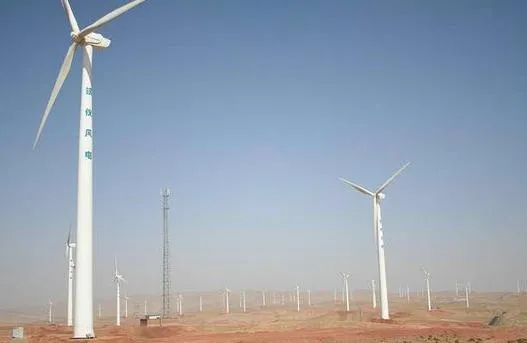
China dead set on becoming world leader in cleantech
A new report outlines China’s determination to lead the world in cleantech or green technology.
The China Greentech Report 2012 pinpoints China’s urgent needs in energy and environment as the driving force behinds its powerful push to adopt green technologies. China now imports over half of its oil and its massive appetite for coal results in high emissions of carbon and other air and water pollutants.
To ensure energy security and supply, China has no choice but to develop and use new forms of energy to meet its insatiable demand for energy. Among these new forms are unconventional domestic gas reserves, including shale gas and coal-bed methane.
These could mitigate China’s gas shortfall that is expected to grow nine-fold by 2015. China's conventional gas production is stretched to the limit, but vast reserves of shale gas and coal-bed methane might ease the shortfall.
Among the report’s other findings:
- Private equity and venture capital investments in China’s private water sector rose from $50 million in 2010 to $400 million in the first four months of 2011.
- The cost of wind and solar farms has fallen dramatically. Onshore wind farms can now be completed for around US$1,100/kW and photovoltaic system costs have dropped from US$11,7000/kW in 2007 to less than US$2000/kW in late 2011, with costs continuing to fall.
- More energy efficiency policies will likely lead to the rapid expansion of China’s green building industry over the next five years.
- China in 2011 began the construction phase its 2009-2020 Strong and Smart Grid Plan, initiating the world’s largest effort to build a reliable, efficient and smart grid.








![Cross Domain [Manu + SBR + ABF + ABR + FMCG + HBR + ]](https://cmg-qa.s3.ap-southeast-1.amazonaws.com/s3fs-public/styles/exclusive_featured_article/public/2025-01/earth-3537401_1920_4.jpg.webp?itok=WaRpTJwE)
![Cross Domain [SBR + ABR]](https://cmg-qa.s3.ap-southeast-1.amazonaws.com/s3fs-public/styles/exclusive_featured_article/public/2025-01/pexels-jahoo-867092-2_1.jpg.webp?itok=o7MUL1oO)









 Advertise
Advertise


